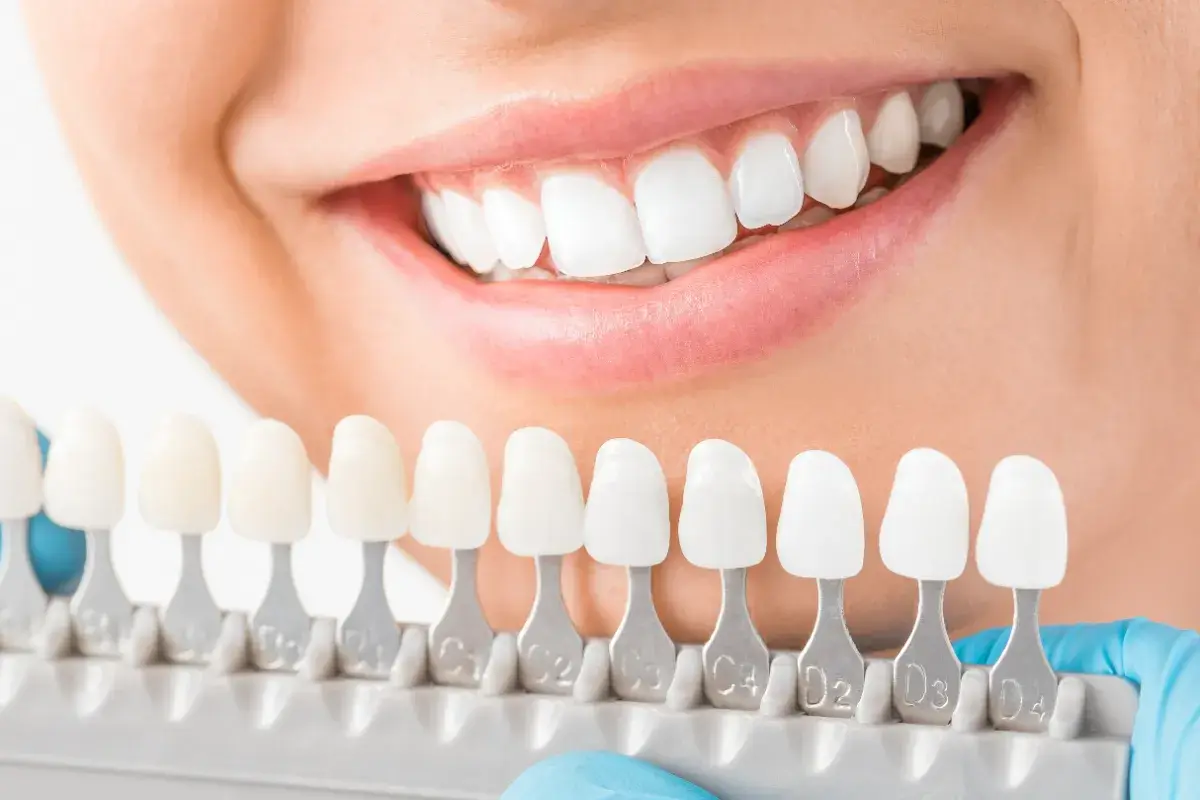
Teeth Whitening – Pros Cons and Alternatives
Without a doubt, a white smile is aesthetically pleasing. It doesn’t just connote youth and health; research proves that it encourages others to view the beholder as more successful and attractive.
However, before you allow anyone to give you your teeth whitened, it is important to get at your teeth whitening pros and cons in depth.
Cost
Whitening treatments can be more expensive than other options and so, might seem a bigger investment, but yield longer-term results provided there are regular top-ups. A sensational smile will leave a good impression to others, and that causes your heart confidence which can open many doors you deserve to enter. You need a ravishing grin to give you an excellent perception, a healthy relation and broader self-esteem that is right to other folks too. Teeth Whitening is a medical procedure where the teeth are bleached to lighten the shade and remove any signs of discoloration and stains or disstains. This can be done by a professional or administered by the teeth owner with guidance and tracktment prescribed by a dentist. Bleaching can be done by the use of Hydrogen peroxide, but it can be done with other options of whitening derivatives such as carbamide peroxide which is a slower and safe whitening compound, and other slow-acting agents such as melamine hydroxide, alumina, and silica. The base colour at birth varies from being yellow-brownish to greenish-grey, but with continuous attrition from wearing and grinding our teeth (and progressive filling of the spaces in between the crystalline rods by organic debris with age, or by chemicals from food and drink intake), our teeth darken in time. Whitening of the teeth is a safe and excellent treatment in a dentist’s care.
Sensitivity
Repeated use of whitening tablets causes one’s teeth to become sensitive and if they are already sensitive, frequently using tablets can lead to other issues such as sensitive gums. If the teeth are sensitive this may indicate that one has gum disease or cavities, both of which require a visit to a dentist. While professional teeth whitening treatments typically make use of higher concentrations of bleaching agents than DIY kits, they are applied within a professional setting under professional supervision, and – this is crucial – they are also applied safely, increasing both effectiveness and the desired outcome. Teeth-whitening can boost a smile to as much as nine times its normal brightness, which can not only enhance looks but self-esteem. However, it is important to avoid overdoing bleaching, since being overzealous can irritate gums and enamel, causing mild, temporary sensitivity to cold food or drinks that should go away on its own after a few days, or cold food or drinking cold drinks, gentle brushing and using toothpastes such as Sensodyne Daily Care Gentle Whitening to help with the sensitivity.
Side Effects
A nice smile will boost your self-confidence, making you feel more attractive and affiable, thus increasing your positive interactions with others, and boosting your interactions with your fellow members of society, thereby improving your chances of succeeding in all walks of life. Nearly all teeth-whitening treatments are bleaching agents applied to your teeth to remedy discolouration that happens due to age, diet or lifestyle habits such as smoking, etc. OTC whitening toothpaste, gels and strips can scrub away surface stains and polish your enamel to make your teeth look whiter. However, these products take time, and need to be periodically applied to work. Many over-the-counter products contain peroxide in a variety of concentrations that can irritate your gums and teeth, leading to tooth sensitivity or other side effects. The simplest way to minimise the risks if you are choosing an over the-counter product is to ask a dental professional – they will recommend something that suits your needs and budget, but that also helps to identify any underlying problems with your mouth that might need to be dealt with before you can start your therapy.
Time
A typical course of professional chairside whitening involves two or three 30- to 60-minute visits to a dental practice (occasionally supplied in one-hour take-home kits, which produce less dramatic results). A tooth-whitening product is applied to your teeth along with a UV light, which speeds up the chemical reaction that whitens teeth. Sometimes whitening at home can be achieved by using a specially formulated tooth-whitening product for a maximum of four consecutive days; touch-up products help to maintain the results of therapy over time. Some users may experience short-term side effects as a result of whitening treatments, such as cold sensitivity, gum irritation or sore throat. Basic home whitening techniques, such as activated charcoal to suck up the stain, could work, but its highly abrasive properties could be bad news for enamel, so I wouldn’t recommend it. In fact, home-whitening treatments can be risky because many have not been scientifically studied. Most over-the-counter peroxide-based gels will whiten teeth in two weeks, and in-office bleaching using higher concentrations of hydrogen or carbamide peroxide can work much faster and more dramatically.



Average Rating